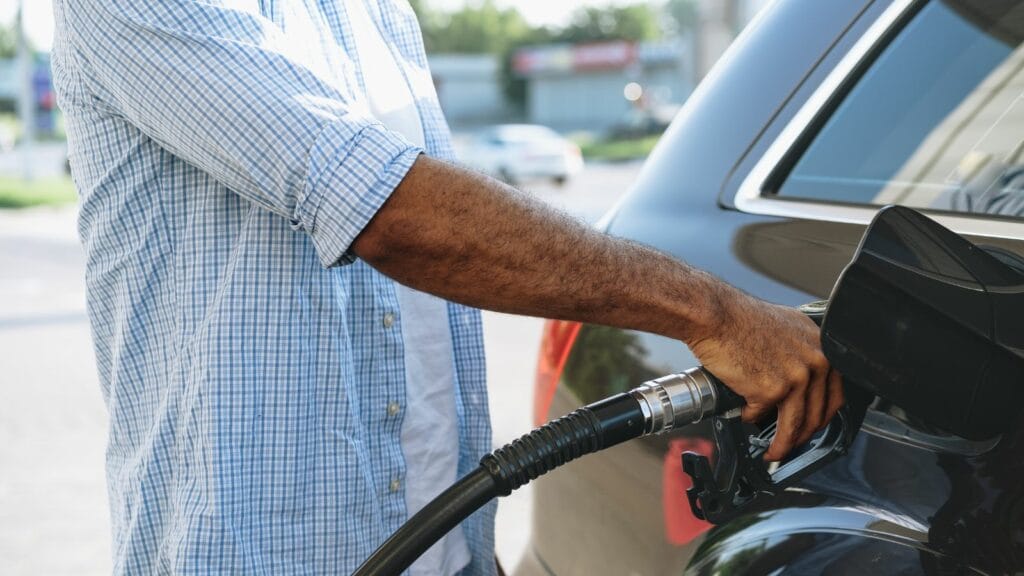We’ve all been tempted. You’re standing at the gas pump, and the nozzle clicks off. The total on the screen is sitting at an uneven number, and instinct tells you to squeeze the handle one more time to round it up. But that first click isn’t random, it’s the pump’s way of protecting your car and its fuel system. Ignoring it may seem harmless, but in reality, forcing in more fuel can cause costly problems, environmental risks, and safety concerns.
The Science Behind the First Click
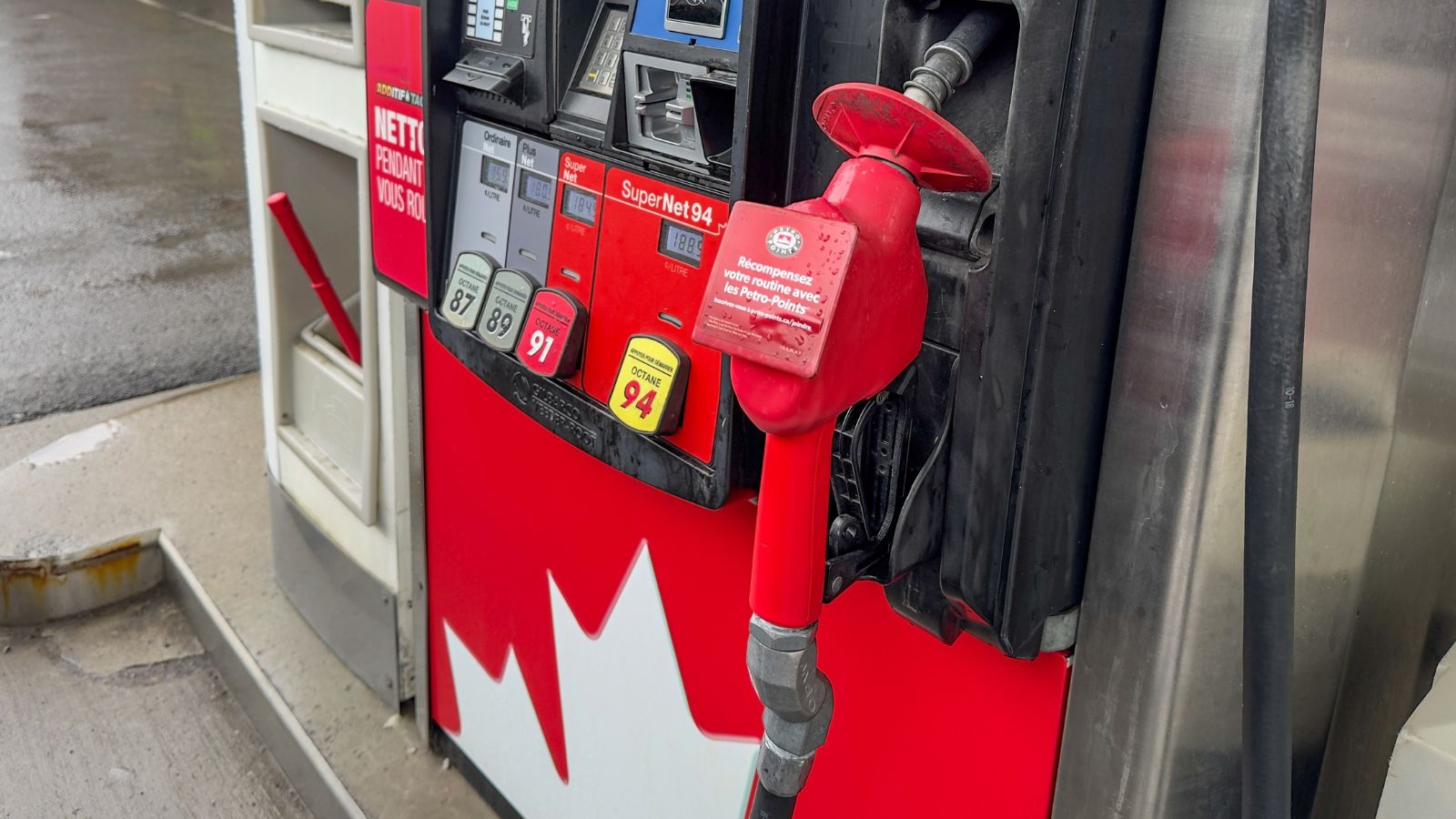
Inside every modern pump nozzle is a small but clever device. A venturi tube creates suction that pulls air while you’re filling. The moment gasoline rises high enough to block the nozzle tip, the change in pressure trips a shutoff valve, causing the familiar click. In other words, the pump is telling you your tank is at capacity. It’s not a rough guess—it’s an engineered safety feature designed to protect your car and keep fuel from spilling.
Why Your Car Needs Room to Breathe
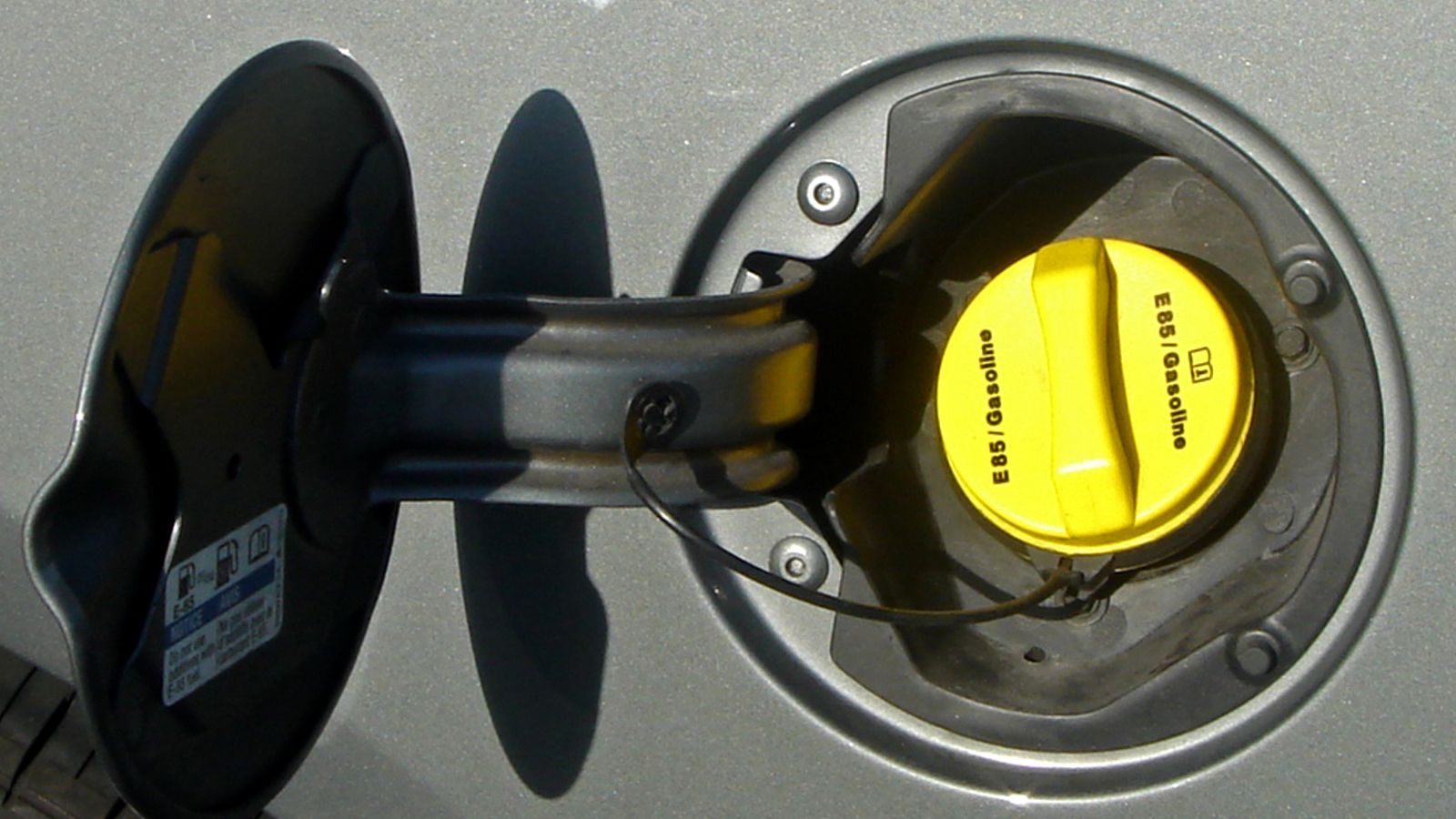
Your gas tank isn’t designed to be brimmed to the top. Engineers build in expansion space for a reason: gasoline expands and contracts depending on temperature. If you top off beyond the first click, you remove that buffer. On a hot day, the extra gas has nowhere to go, forcing it into vent lines or even pushing it out of the tank. That extra squeeze may look like you’re getting more for your money, but it could end up damaging your car’s systems.
Protecting the EVAP System
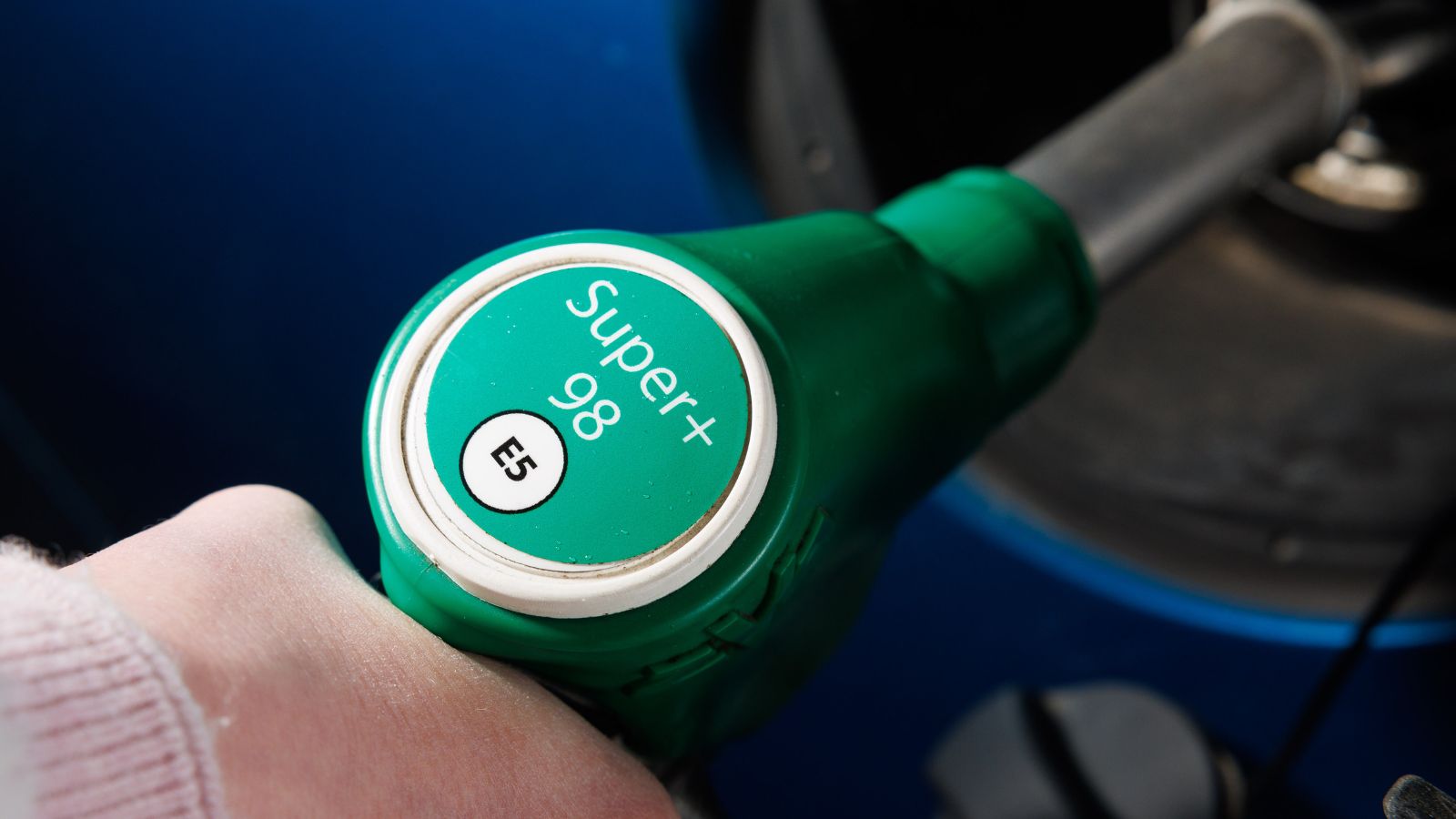
Modern vehicles rely on the evaporative emission control system (EVAP) to capture fuel vapors before they escape into the air. It’s made up of sensors, valves, and a charcoal canister that absorbs vapors. Overfilling the tank after the first click often forces liquid gasoline into that canister, which is only designed to handle vapor. Once saturated with fuel, the canister stops working properly, often triggering a check engine light and leading to expensive repairs that can easily run into the hundreds of dollars.
Why Spills Are More Serious Than They Seem
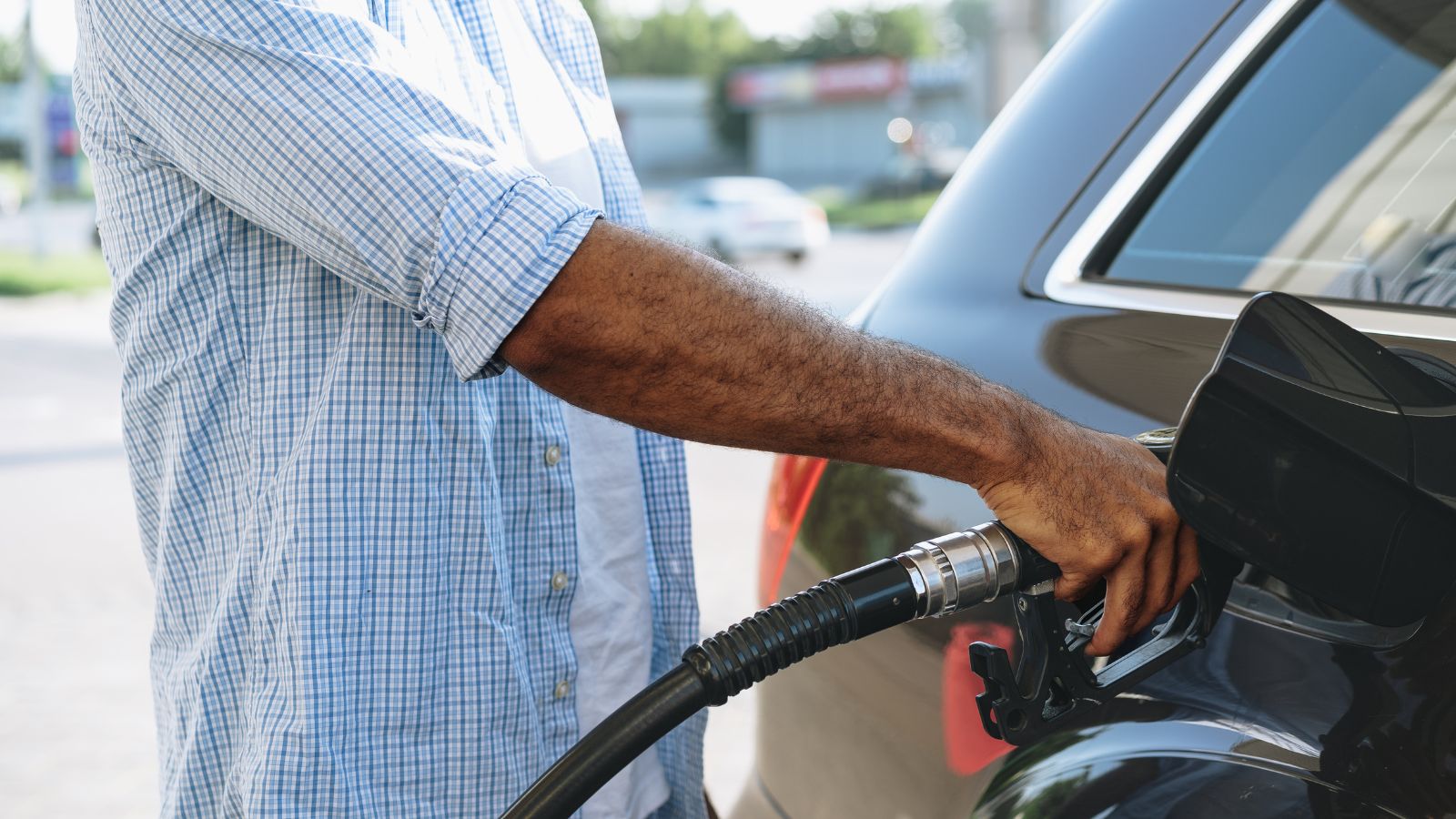
When you push past the click, you increase the odds of gasoline splashing back or dripping onto the ground. Even a few drops can evaporate quickly, releasing harmful fumes into the air. Those vapors are not only toxic to breathe in but highly flammable. Multiply that by hundreds of cars topping off every day at a busy station, and the risks become much bigger than just your tank.
Avoiding Pressure Build-Up
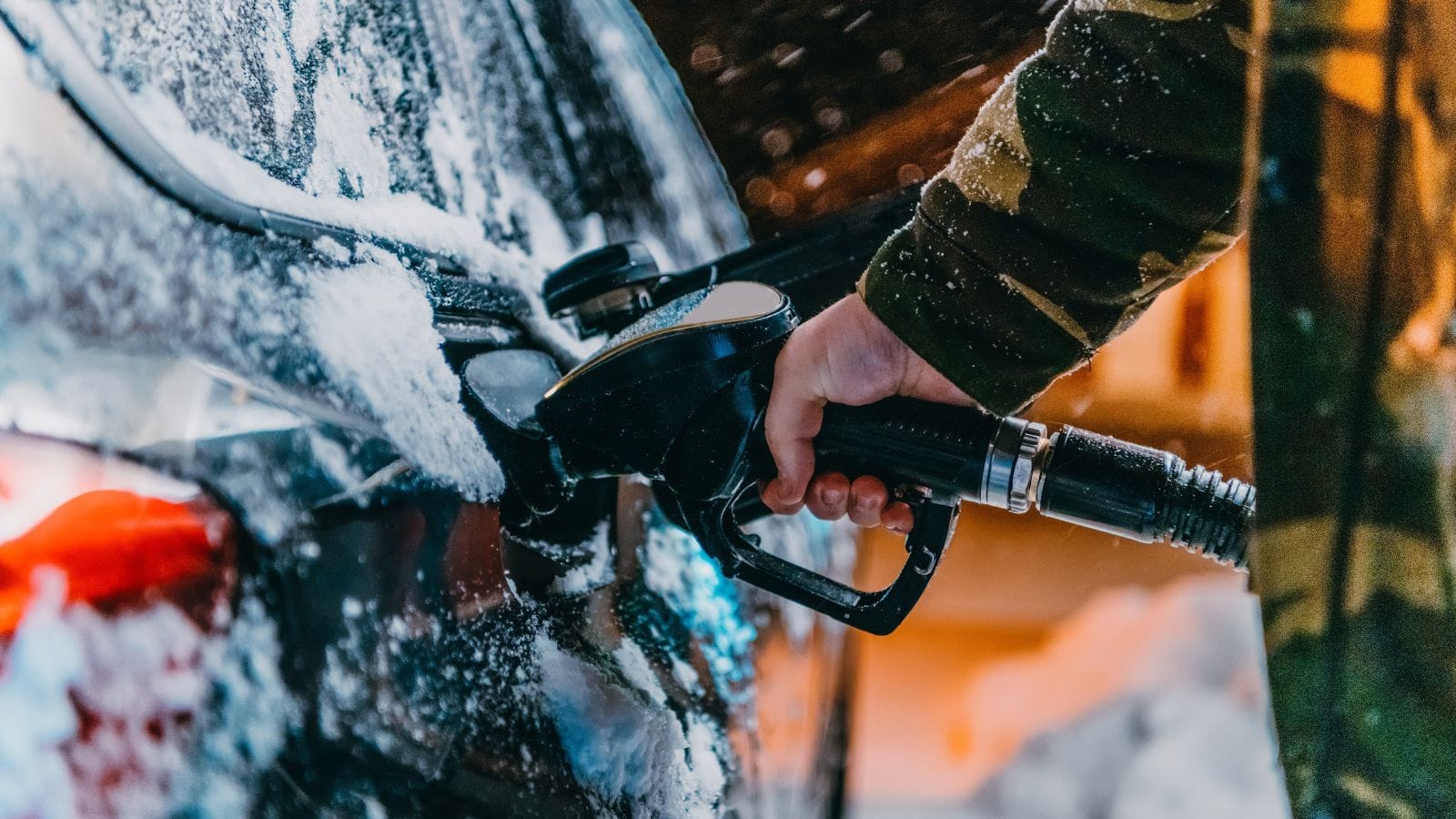
Overfilled tanks can also create unnecessary pressure inside the fuel system. Gasoline is volatile by nature, and as it heats and expands, it needs room to move. When you pack the tank full, that pressure can push liquid fuel into vent lines, confuse sensors, or even cause hard starts and performance issues. It’s one of those hidden problems that many drivers never connect to topping off—but technicians see it all the time.
The Cost of Ignoring the Click
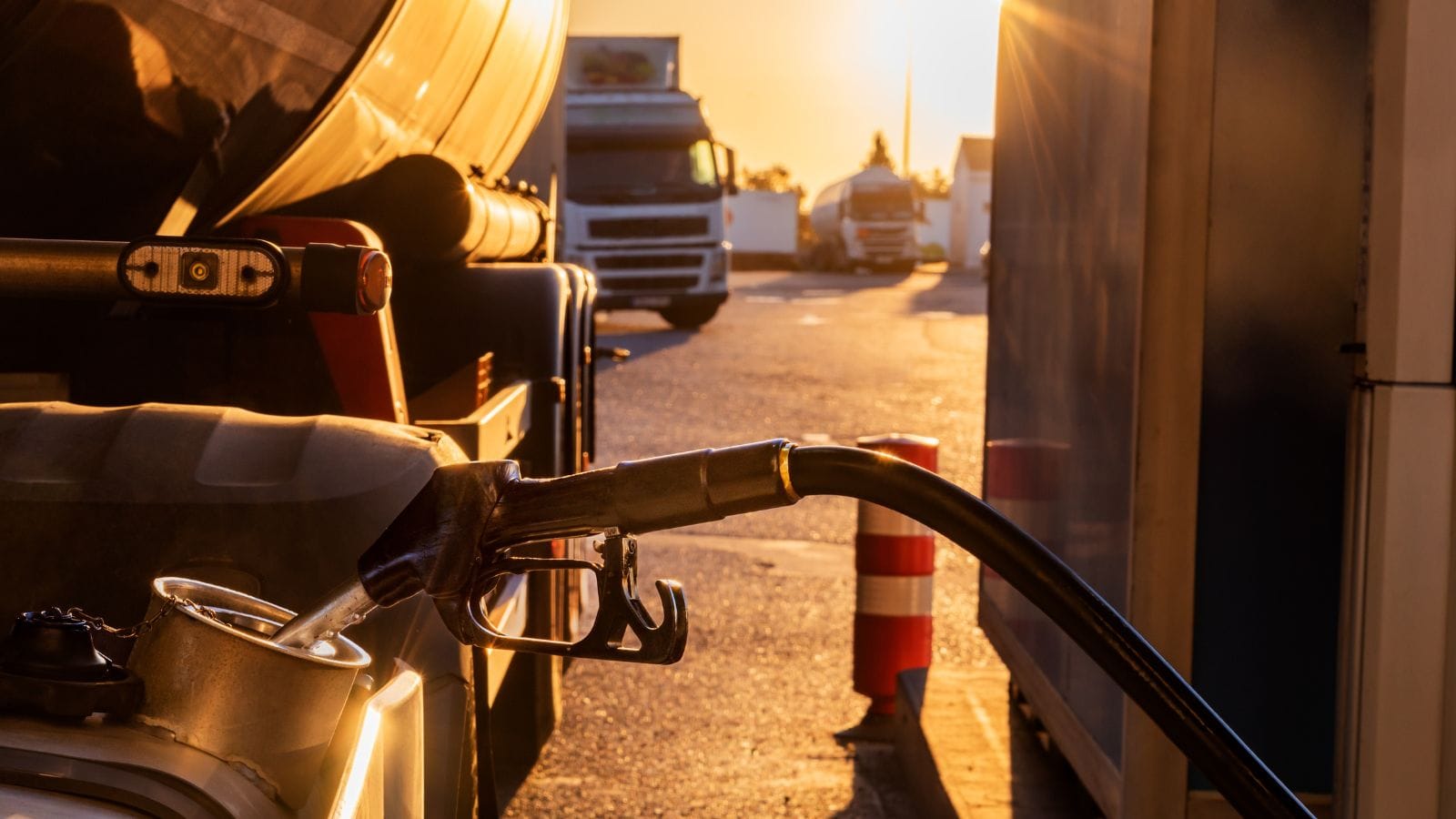
A damaged EVAP system isn’t just inconvenient—it’s expensive. Replacing a charcoal canister alone can cost anywhere from $400 to $700, and if other valves or sensors are affected, the bill goes up. That doesn’t include the frustration of repeated check engine lights and failed emissions tests. All of it for the sake of cramming in an extra tenth of a gallon that barely changes how far you can drive.
The Safety Factor at the Pump
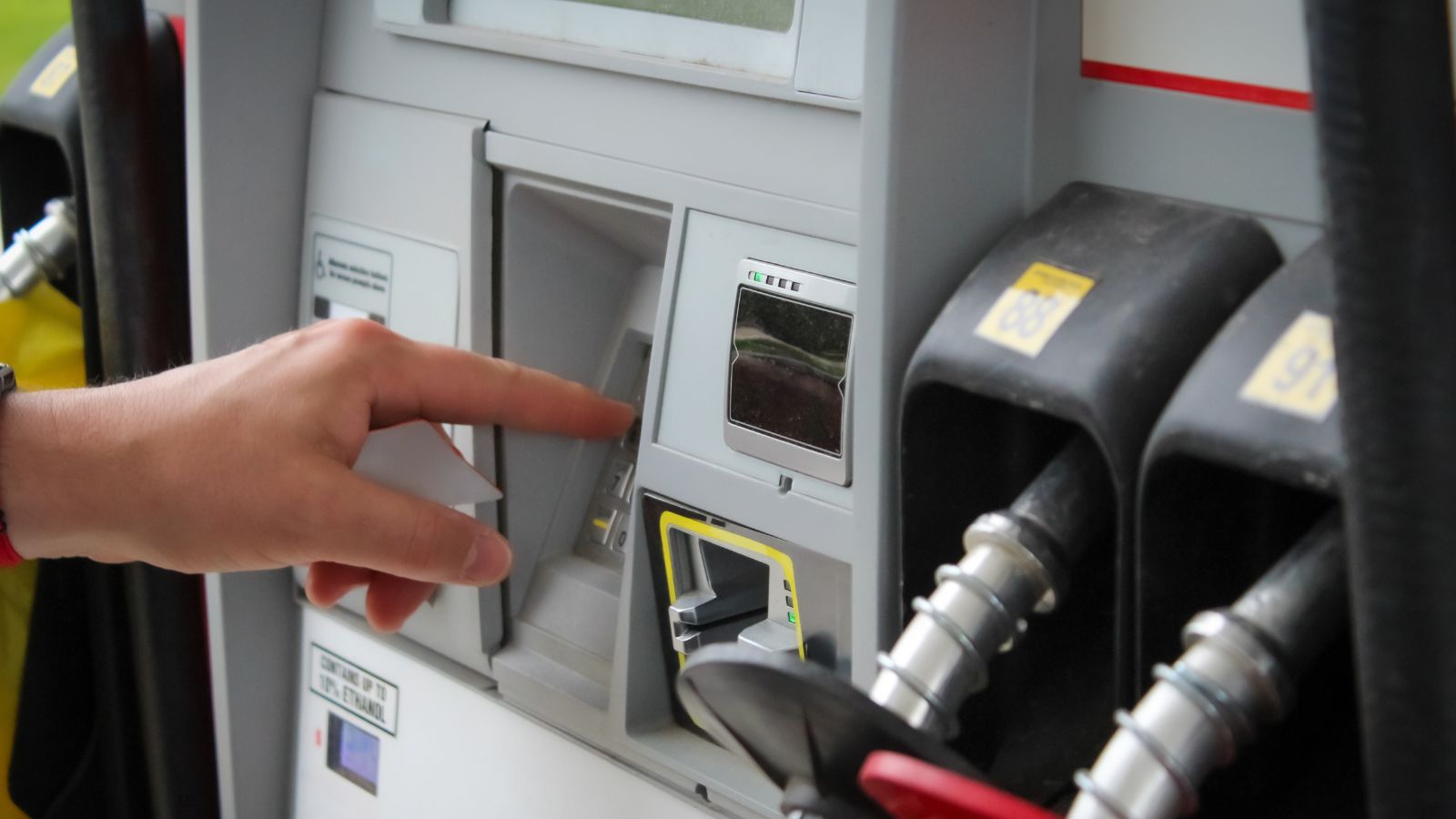
Gasoline vapors are far more dangerous than most people realize. They’re invisible, but they ignite easily and can travel along the ground to a spark source. By topping off and spilling fuel, you’re releasing more of those vapors into the air around you and everyone else filling up. That’s why gas stations post warnings against topping off—it’s not just a suggestion, it’s a real safety precaution.
A Cleaner Environment
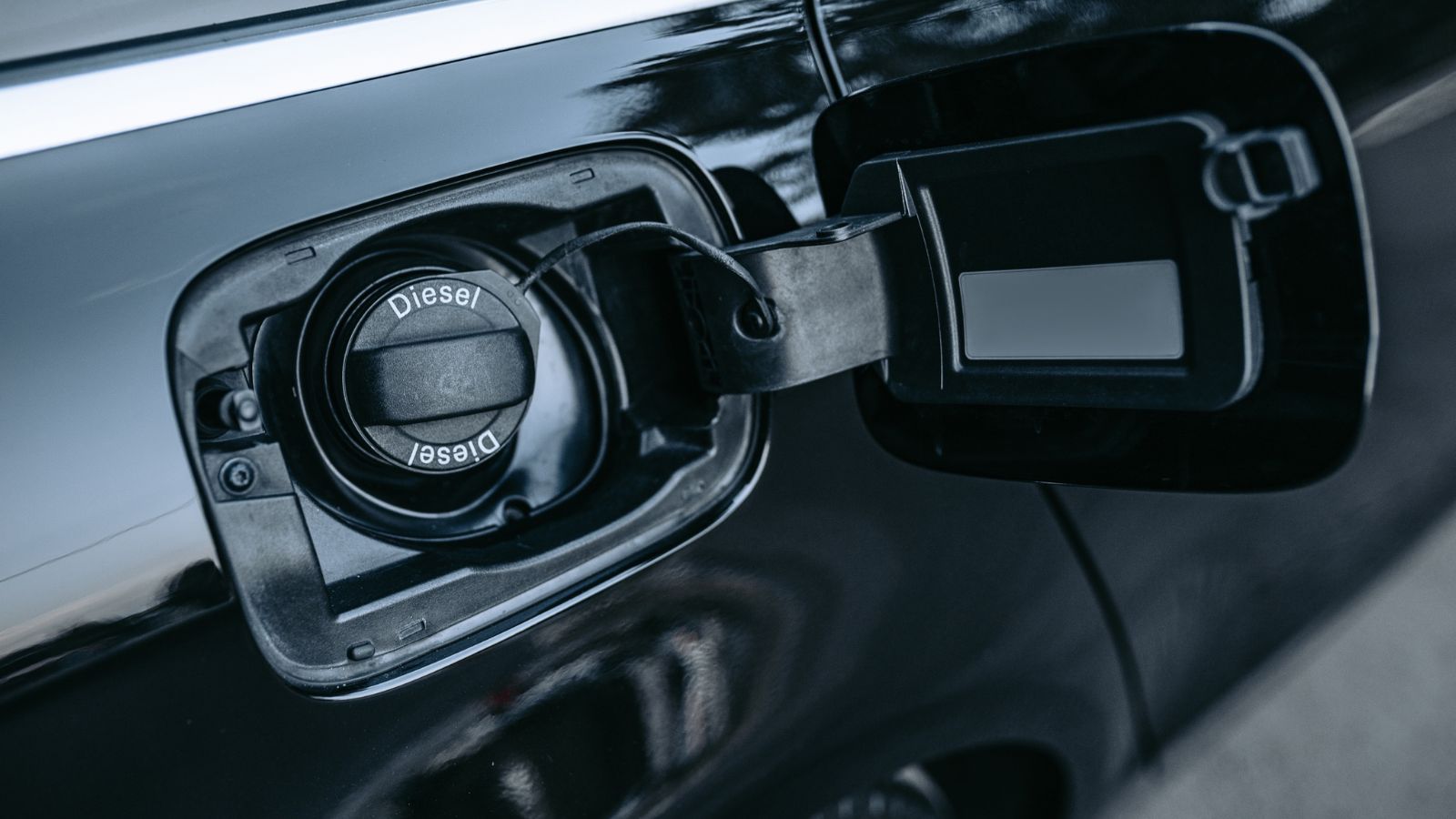
Every drop of spilled gas is wasted money, but it also contributes to environmental damage. Gasoline contains harmful compounds that evaporate into smog-forming emissions. Overfilling is one of the easiest ways drivers unintentionally pollute, and stopping at the first click helps keep the air cleaner. For eco-conscious drivers, it’s one of the simplest good habits you can adopt.
Real-World Examples
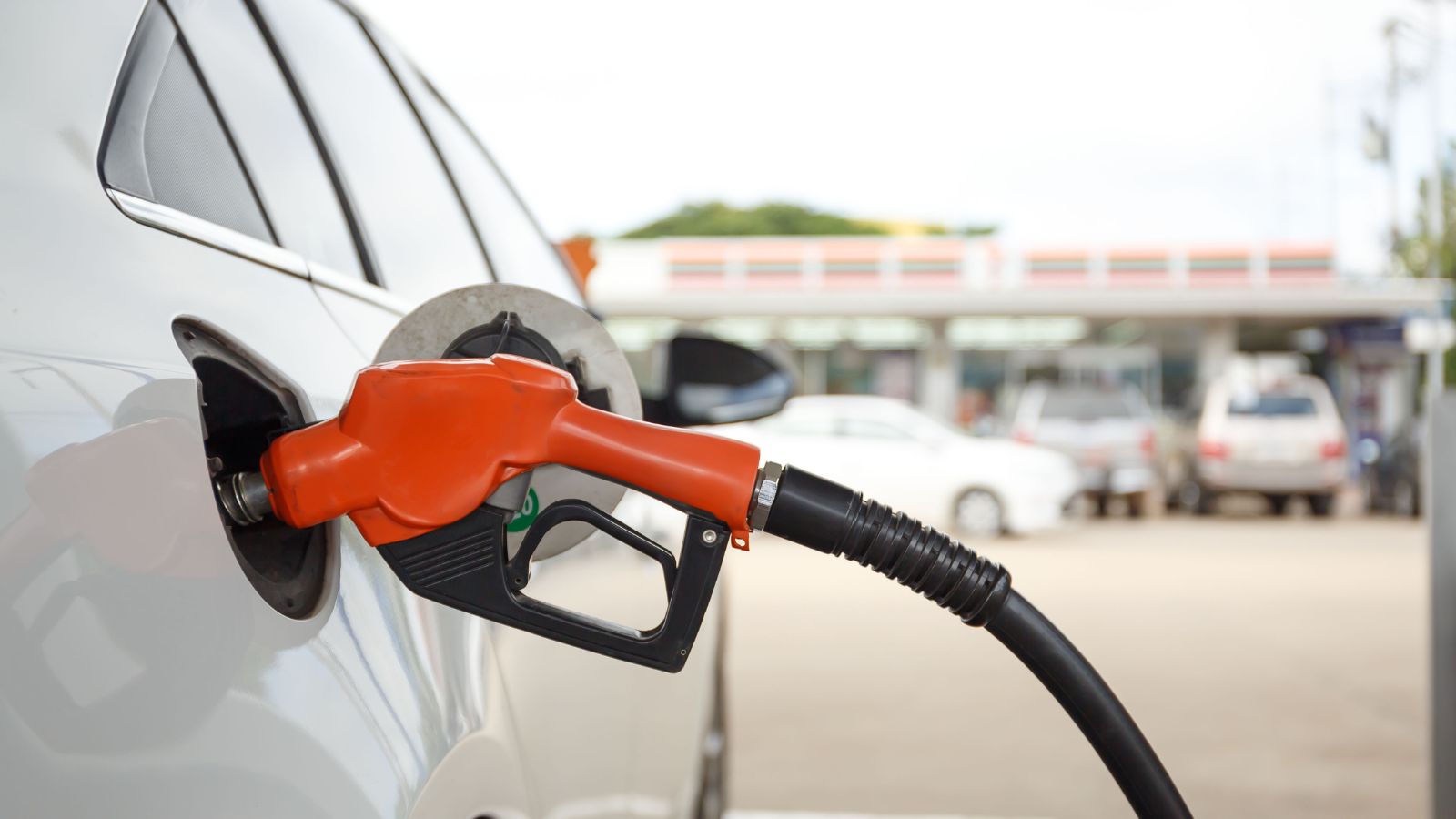
Ask any mechanic, and they’ll tell you stories of cars that came into the shop with a persistent check engine light caused by nothing more than topping off at the pump. A soaked charcoal canister can take weeks to fully dry out, if it recovers at all. Some drivers have learned the hard way that saving a few cents at the pump can turn into a repair bill worth hundreds.
The Smarter Way to Fill Up
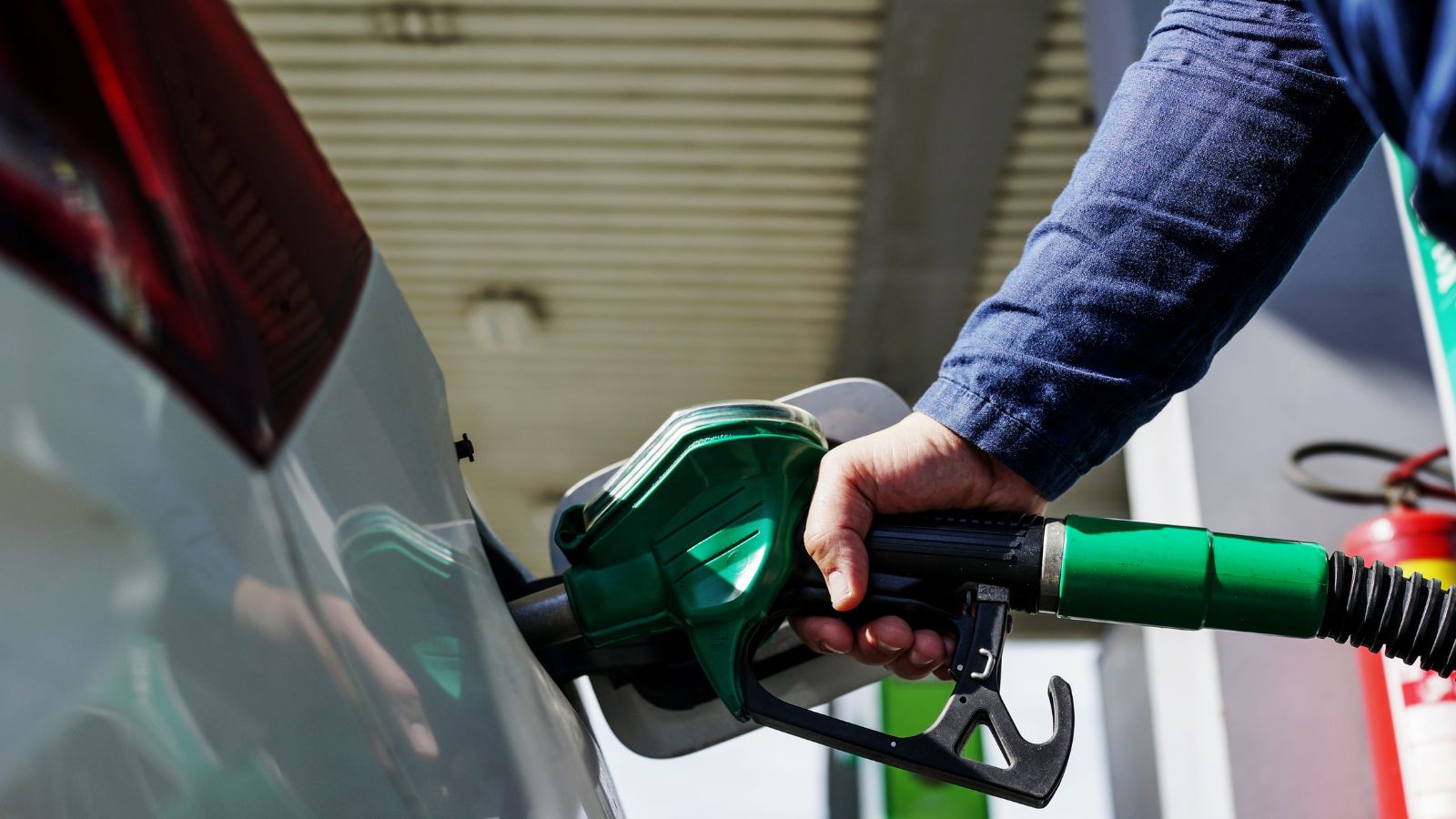
It might feel satisfying to leave the pump with a round number showing, but it’s smarter to let go after that first click. The system is designed to give you a full tank while protecting the components that keep your car running smoothly. Rounding off a receipt is never worth risking your EVAP system, wasting fuel, or creating unnecessary hazards.
The Bottom Line
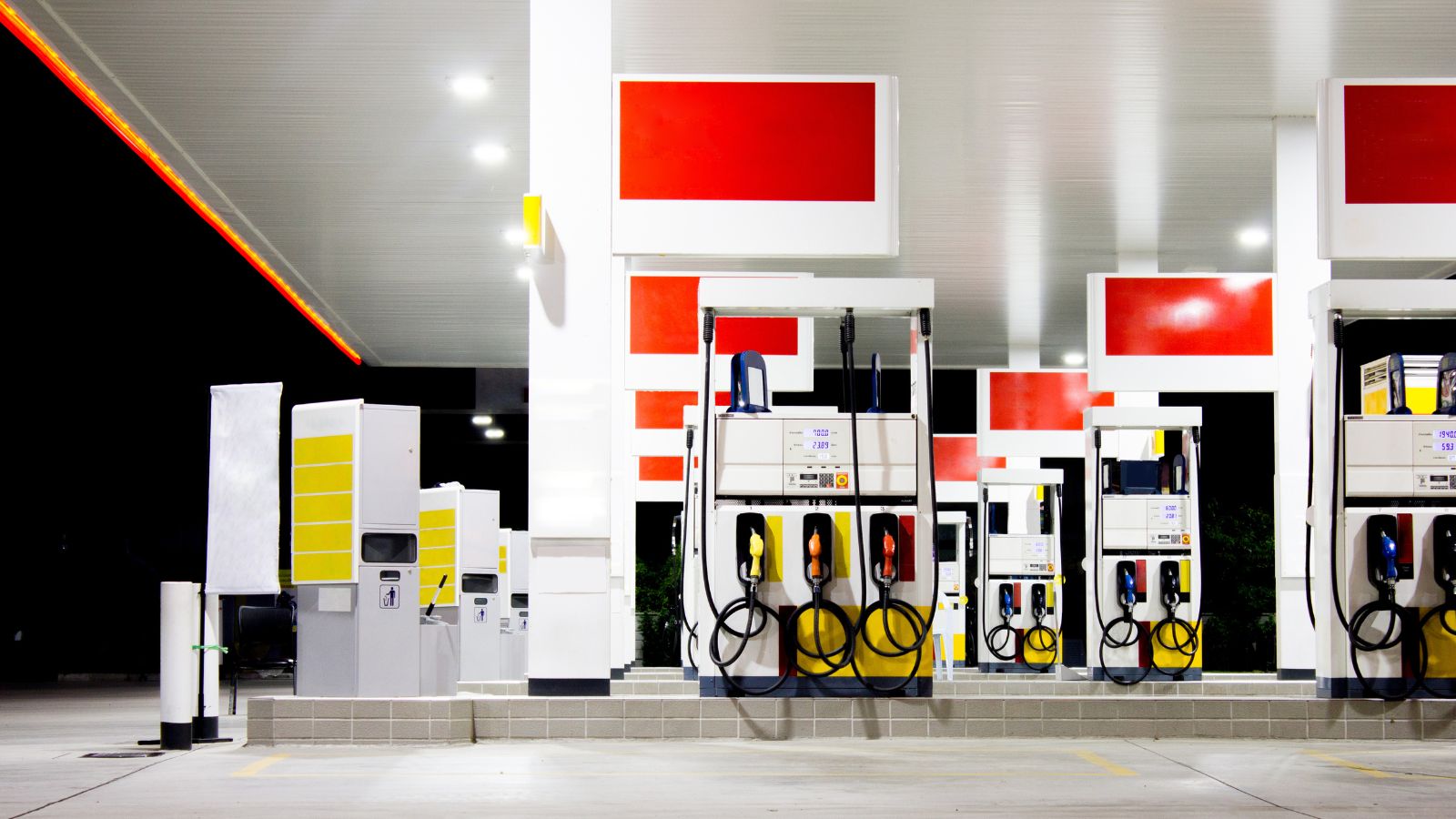
That first click is more than just a sound—it’s a warning, a safeguard, and a money-saver. It ensures your car has the right amount of fuel, leaves room for expansion, and prevents damage to critical systems. The next time you’re tempted to squeeze the trigger again, remember this: stopping at the click protects your car, your wallet, and the world around you.
25 Facts About Car Loans That Most Drivers Don’t Realize

Car loans are one of the most common ways people fund car purchases. Like any other kind of loan, car loans can have certain features that can be regarded as an advantage or a disadvantage to the borrower. Understanding all essential facts about car loans and how they work to ensure that you get the best deal for your financial situation is essential. Here are 25 shocking facts about car loans that most drivers don’t realize:
25 Facts About Car Loans That Most Drivers Don’t Realize
